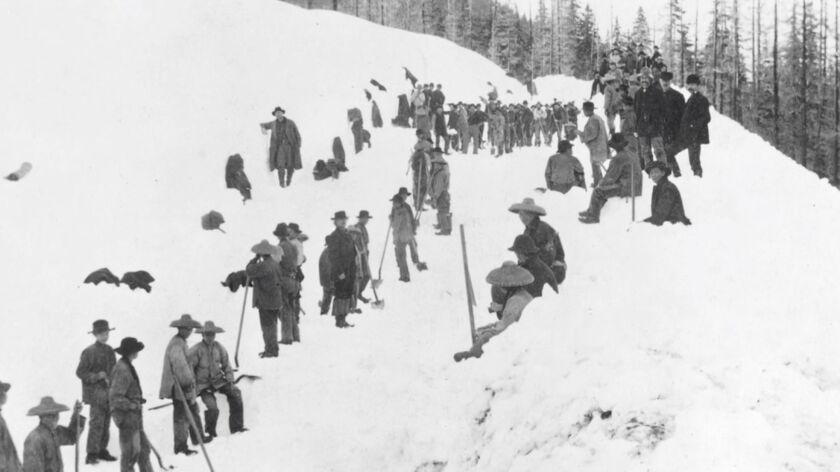In another article, it reflects a problem that the environment is not friendly for colored people,
especially female Asian American faculty in academia. They desire a chance of getting rewards
as academic labor. However, Asian American women have been treated unequally. Therefore, the
author brings up the theory of "academic symbiosis", which can help everybody get the resource and
be able to support each other. In this case, competition is not as important as in any other field. Building
friendly relationships in academia and create a supportive environment for people to achieve their goals
better and easier.
This kind of unequal rewarding not only happened in academia also in many other labor markets. From
1865 to 1869, as many as 20,000 Chinese laborers worked on the Central Pacific Railroad, which ran
from Sacramento to Promontory Summit, Utah, where it was united with the Union Pacific Railroad in
the golden spike ceremony marking the completion of the first transcontinental railroad. Those workers
accounted for as much as 90% of the Central Pacific workforce. The Central Pacific could not have been
built without them. However, they’ve been written out of its history.

Reference:
https://www.latimes.com/business/hiltzik/la-fi-hiltzik-chinese-immigrants-history-20190405-story.html
Melissa-Ann Nievera-Lozano. “Pain + Love = Growth: The Labor of Pinayist Pedagogical Praxis”
Wei Ming Dariotis. “Academic Symbiosis: A Manifesto on Tenure and Promotion in Asian Studies”
No comments:
Post a Comment